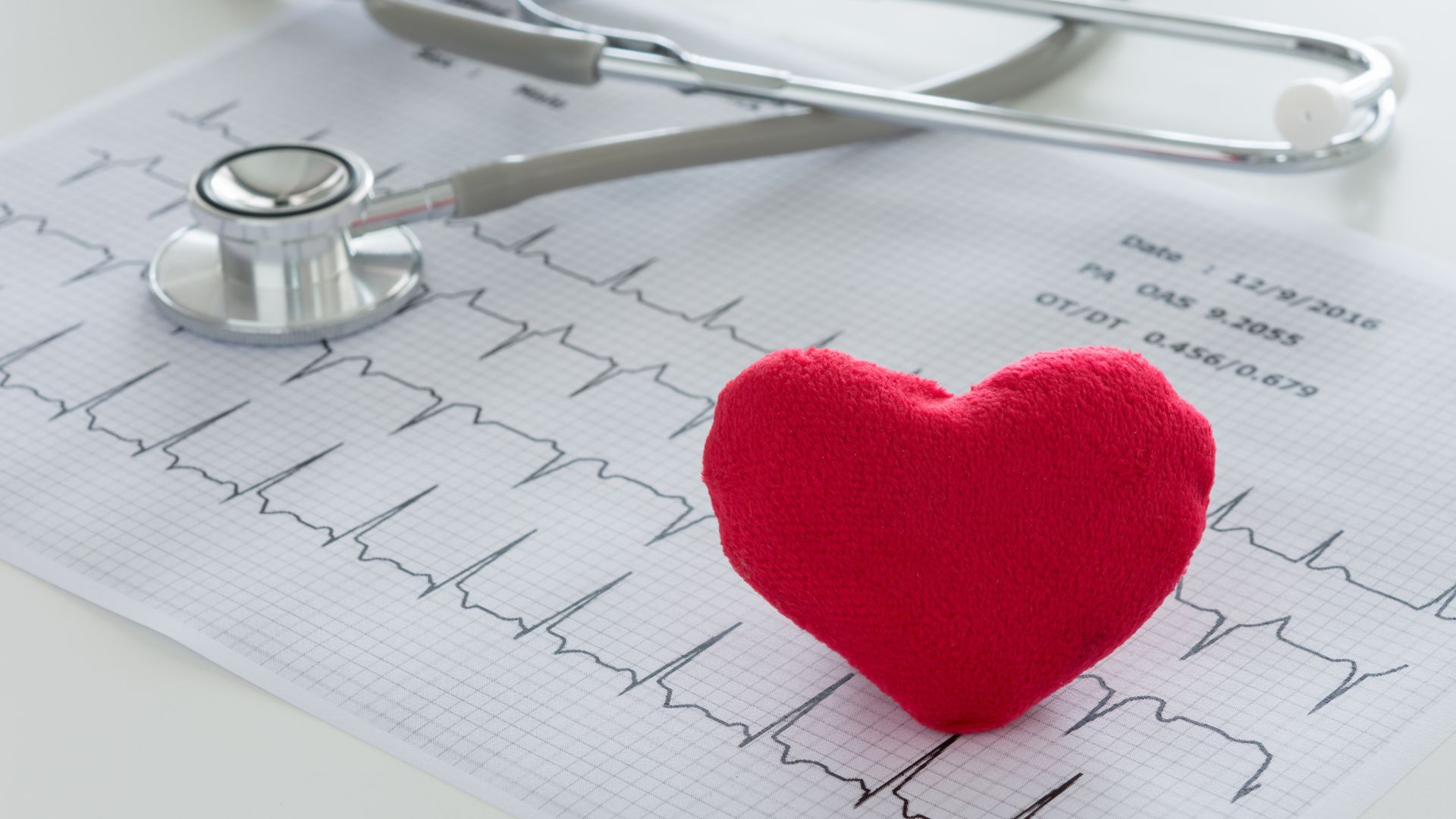Interventional Cardiologist
Impresses with its forward-looking procedures in the field of modern invasive cardiology and excellent patient care.

ELCTROCARDIOGRAPHY (EKG, ECG)
An Electrocardiogram (EKG, ECG) measures electrical activity of the heart. It can pick up on abnormal electrical signals signifying blocked blood vessels. It can also tell any previous heart attack and damage to the heart muscles. The heat muscle beats in a rhythm when that rhythm is disrupted it is called an arrhythmia that can be picked up by the EKG. The process involves putting small sticky patches on the chest and attaching tiny electrodes to them. Whole process takes less than 5 minutes. Our EKG are read in out clinic.

TRANS THORACIC ECHOCARDIOGRAM (ECHO)
Echocardiogram is a non-invasive procedure that does not require any anesthesia or any pins or needles. During the procedure out echo technologist will put gel on the chest of the patient and take video clips of the heart. It is just like ultrasound of the baby. ECHO provides important information about the structure and function of the heart muscle, it gives the cardiologist information about the opening and closing function of valves in the heart and whether there is any fluid collection around the heart.

TRANSESOPHAGEAL ECHOCARDIOGRAM (TEE)
This procedure is more invasive than transthoracic echocardiogram. It takes place in the hospital setting. During this procedure the patient is sedated and an echo probe is passed through the mouth in to the esophagus. The heart sits right in front of the esophagus. Detailed video images of certain areas of the heart can be obtained through TEE. TEE can better detect blood clots in the heart, infection of the heart, holes in the heart and structure and function of the heart valves. It is very helpful for certain cardiovascular therapies.

STRESS TEST
A stress test is designed to asses for blockages in the blood vessels of the heart and the function of the heart muscle. There are two ways to do the stress test. One is to walk on the treadmill under supervision and other is medical stress test where a medication is given to increase the heart rate to mimic exercise. During stress test a Radiotracer is given which is temporarily taken up by the heart muscles, the proportion of the radiotracer uptake is proportional to the blood flow to that area of the heart. Lack of tracer uptake indicate blockage in the blood vessel supplying the respective area of the heart. Radiotracer distribution is detected by taking images of the heart through a nuclear camera.

CARDIAC RHYTHM MONITORING
Cardiac rhythm monitoring services are provided to detect the complaints of fast or racing heart rate. These can be due to abnormal rhythm of the heart i.e. arrhythmia. Rhythm monitoring can be done in three different ways. There is a hands-free monitor that will detect the heart rate for 24 to 48 hours without the patient’s input. Other option for long monitoring is an event monitor that can be done for up to 30 days where a patient can trigger the device by pushing a button. The third option is Implantable loop Recorder (ILR). This device can be implanted right under the skin with a small incision, it can stay under the skin for up to 2 years safely and can be removed through a similar procedure. It is monitored remotely.

CARDICA CATHERTERIZATION / CORONARY ANGIOGRAPHY
When there is a strong suspicion for blocked heart arteries then coronary angiography is performed. This is an outpatient procedure that takes place in the hospital catheterization laboratory or an outpatient catheterization facility. During the procedure a small plastic sheath is placed in the artery of the leg or wrist. Through the plastic sheath flexible catheters are advanced all the way up to the heart to engage the arteries of the heart. Then dye is injected in the blood vessels of the heart to detect any blockage, flow of dye through the heart arteries is recorded with a specialized camera. There are three possible outcomes of the procedure. 1) There are no blockages and nothing is done, patient goes home the same day. 2) One or two vessels are blocked and are treated with balloons and stents depending on the number of stents and complexity of the procedure the patient can go home the same day or next day. 3) All three major blood vessels are blocked in this case a cardiac surgery consult is obtained for options of possible open-heart surgery.

Peripheral Angiography
This is a procedure for fixing the blocked arteries of the legs. Plastic sheath is placed in the arteries of the legs and flexible catheters are advanced to the leg arteries. Contrast dye is injected in the blood vessels to detect any blockage, flow of dye is recorded with the camera. If there is a blockage it can be fixed with balloons and stents. Procedure also take place in the Catheterization lab either in the hospital or outpatient surgical center.
